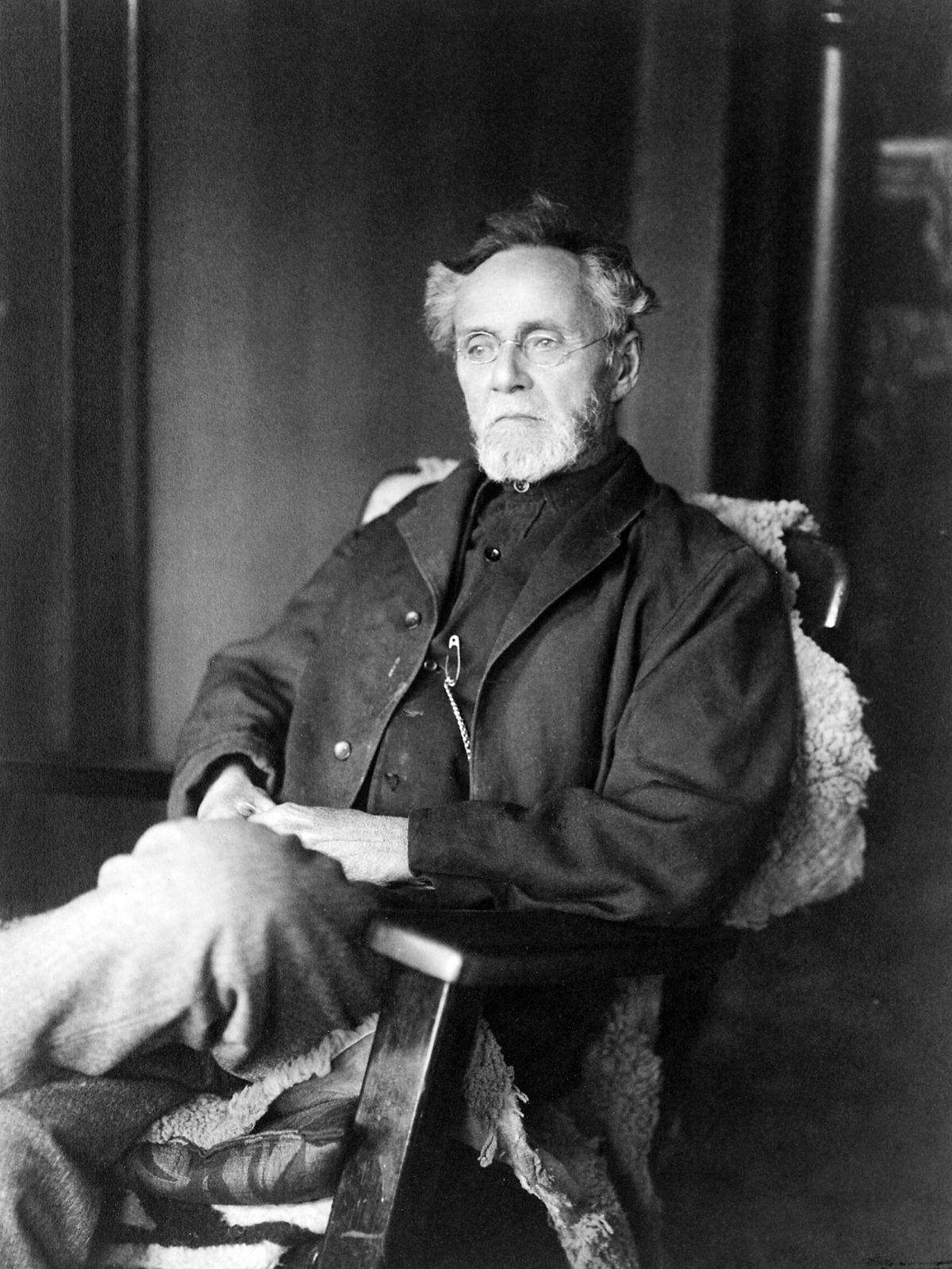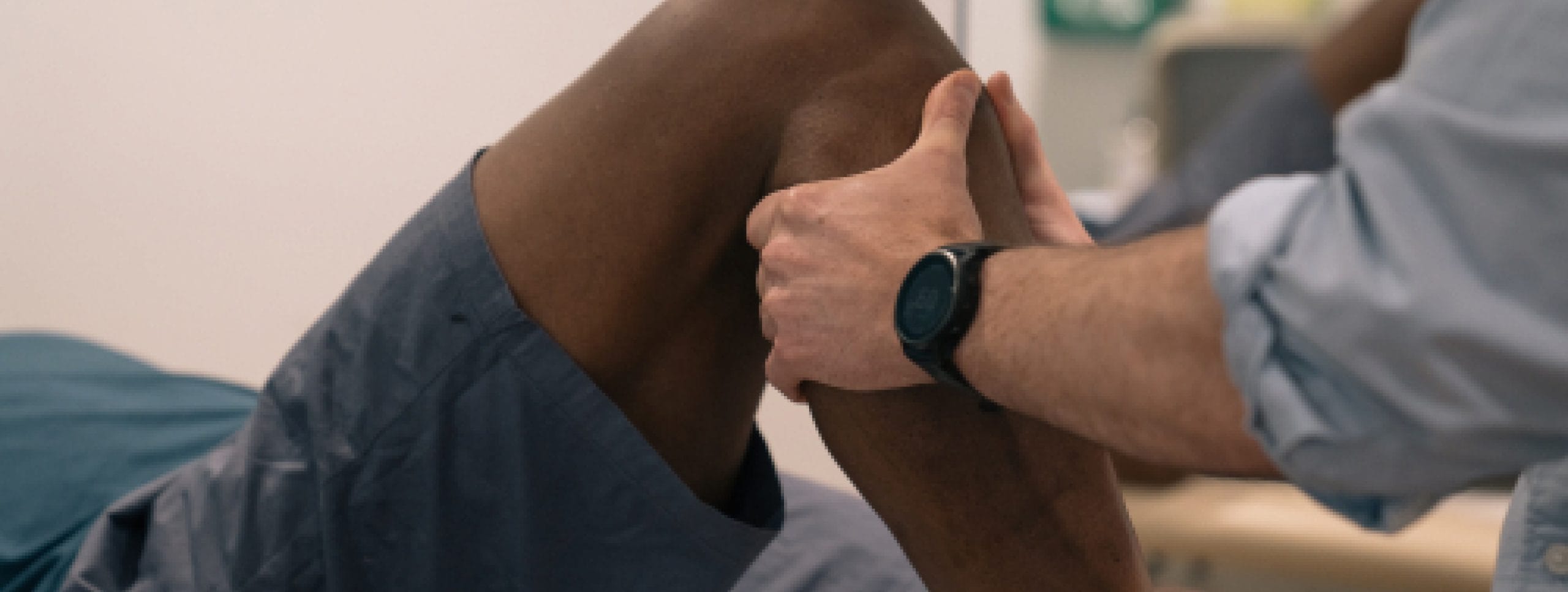
Andrew Taylor Still – Founder of Osteopathy
By Andrew Taylor Still

Andrew Taylor Still – Founder of Osteopathy
Osteopathy was founded in the late 19th century by Andrew Taylor Still, an American physician and surgeon. Disillusioned with the limitations and side effects of conventional medicine at the time, Still developed a holistic approach to healthcare that emphasized the body’s natural ability to heal itself. He believed that many illnesses were due to structural imbalances in the musculoskeletal system that affected circulation and nerve function.
The core philosophy of osteopathy revolves around the idea that the body functions as a unified whole. Still emphasized the interrelationship between structure and function and advocated manual manipulation of the body to restore balance. He introduced techniques that focused on improving blood flow, lymphatic drainage, and overall mobility without the use of drugs.

Osteopathy emphasizes body alignment and mobility
In 1917, the British School of Osteopathy (now known as the University College of Osteopathy) was established in London, introducing osteopathy to the UK. This marked a significant step in formalizing osteopathic education outside the United States. The school has trained thousands of osteopaths and contributed to the regulation and development of the profession in the UK and Europe.
Osteopathy is now a recognized and regulated healthcare profession in many countries. Practitioners, known as osteopaths, use a variety of hands-on techniques to diagnose, treat, and prevent health problems. While traditional osteopathy remains drug-free and non-invasive, modern osteopathic medicine in some countries, like the U.S., also includes full medical licensing.
“To find health should be the object of the doctor. Anyone can find disease.” — A.T. Still